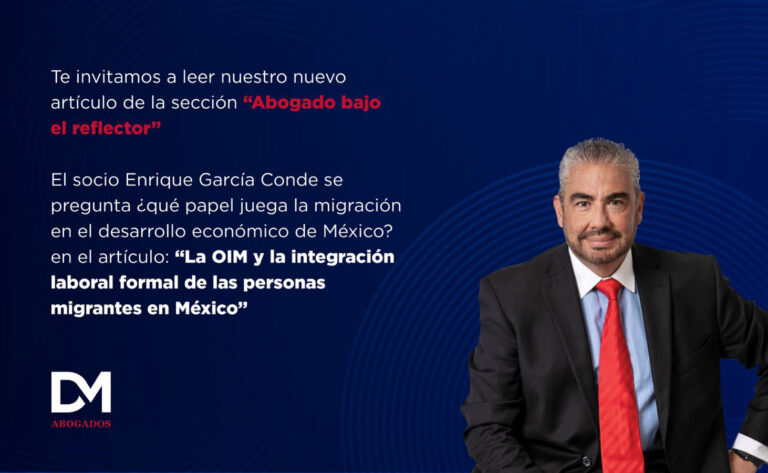Between the excessive growth of certificates of representativeness and new qualifications to enter into collective bargaining agreements (CCTs), a different reality is being painted in our country’s union map.
We finished 2023 with a labor panorama that is very different from the one that we had seen historically, which has shown us that we used to live in a “Labor Disneyland” in Mexico, in which not only did we have peace, flexibility and certainty, but we also paid a high price in employment basic indicators, such as low wages per hour and long work hours.
Today we see a completely redistributed union map because of the results of legitimations.
On one hand, the large union federations are getting split up due to the loss of many CCTs that were actually protection agreements, which for years caused the workers’ conquests and the defense of their needs to be abandoned, weakening the structures of representation, and distancing them from their members, which remained more out of habit than because of need.
Today, faced with the disappearance of over 82% of all collective bargaining agreements in Mexico, which were not legitimized by May 1 of this year, we find a panorama that says a lot about collective relationships.
- Only 12.7% of formal workers are grouped in a union. Even in the states of the republic with the greatest unionization, such as Tamaulipas and Coahuila, the percentage of workers that belong to a union barely reaches less than 30 percent.
- The growth of more than 44% in the number of applications for certificates of representativeness in 2023 compared to what happened in 2022 shows great activity by the unions seeking to obtain the representativeness of the workers once again. Mexico City, the State of Mexico, Jalisco, Nuevo León, and Querétaro have the largest number of applications. Nuevo León and the State of Mexico stand out among them because they have the greatest growth in the trend of applications for certifications.
- The high number of certificates of representativeness in the commerce sector, which was traditionally a union-free sector, is remarkable as, to this date, it represents more than 20% of the certificates that have been applied for.
- A union free environment still prevails, the scenario with the greatest labor protection, as only 6.8% of all certificates have resulted in the formalization of a CCT and, thus, active union life.
- Independent unions continue to advance in obtaining members, and we see them mainly in the North border of Mexico and in the Bajío region. The flags for connecting with the workers continue to be the same, focused on salary increases above the minimum wage, adjustments to the work hours and promises of greater participation in profit sharing or in productivity bonuses, What is different in this type of unionism has more to do with the manner of communicating with the workers, with a greater use of social media and a more radical discourse. It is also noteworthy that these unions have based much of their strategy on the use of the Rapid Response Labor Mechanism, established in the USMCA, which has enabled them to obtain their victories in several cases that are already known.
- Lastly, and still in progress, the growth of the participation of minor unions has started to generate a much greater uncertainty in the labor arena, this because of amparo proceedings and legal processes, which have given them proportional rights over worker’s dues, union permits and, later on, possibly collective bargaining itself.
Faced with this panorama, which is still changing and becoming consolidated, we need to have a solid labor transformation plan that supports the company in the change of its daily operation culture, mitigating risks and avoiding the generation of conflictivity flags.
To this end, work must be focused on in training middle management and business leaders in the practices and behaviors that allow a better connection with collaborators.
Lastly, a continuous monitoring of internal and external risks must be considered, which clearly establishes the protocols through which the appearance of any symptom must be addressed.
The topic of labor will continue to be strategic in companies’ agendas; therefore, the training of those responsible for this area and their teams will continue to be fundamental.




